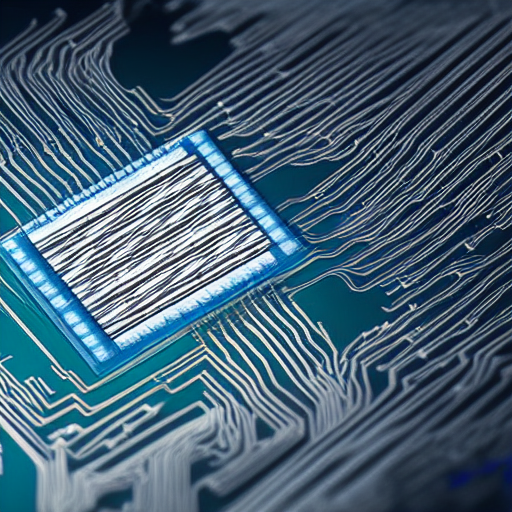This resolves to YES if China -- not including Taiwan -- isn't obviously way better at making the most modern chips by five years from this day.
People are also trading
people are continuing to vote YES on this even tho Trump is eroding the CHIPS act? He's reduced the number of banned chips (though chip manufacturers have to give 15% of revenue from selling these chips to the U.S. government) https://sourceability.com/post/trump-chip-export-levy-reshapes-semiconductor-trade
Less than 1% of subsidy rolled out, and mostly to labs not fabs. Opening of TSMC facility in Arizona not going well. Hard to hire and conflicts with local unions. https://twitter.com/kevinsxu/status/1706018257604403218?t=UaiI0WvWxnKZwfHJIBYLuw&s=19
New Huawei phone has a very nice new chinese-made chip
@Adam Especially when you can’t purchase the equipment you need but instead need to reinvent it. They are trapped in 2016 indefinitely.
@Yev Invading Taiwan will be the end of TSMC. They will no doubt sabotage the infrastructure and even if they didn't, China doesn't have anyone to operate them and you can't just walk in and read the manual.
Intel and SMIC are currently both 3 years behind TSMC. Both started shipping 7nm in 2021 compared to 2018 for TSMC, and Intel says they'll be shipping 4nm in 2023, which is comparable to TSMC's 5nm from 2020. Intel is building two new fabs in Arizona that are targeting leading edge 20A (2nm) production in 2025, while SMIC is being sanctioned by all their machine suppliers. China now has to develop their own machines to replace ASML's EUV machines and others which will set them back several more years.
Oh it looks like the Netherlands blocked ASML from selling EUV machines to China a few years ago, so China won't have a EUV machine to reverse engineer and copy. Without EUV their 5nm node will be much more difficult and expensive than competitors with EUV, and they probably won't be able to push past 5nm. I'm not sure if getting an ASML engineer to steal the plans for EUV like SMIC reportedly did for TSMC 7nm will be possible.
I'll take the pessimist bet at 4-1, if literally everyone else in this market is going the other way.
TSMC USA foundries are "I'll believe it when I see it". Foundries are notoriously fiddly, require manufacturing talent that's absent or very expensive in the US, and TSMC's presence in Taiwan is geopolitically important.
Not that China will have an easy time, but they can throw engineers at the problem at a scale the US will not.
I mostly expect that in 5 years US semi goes the way of most state megaprojects: over budget and under-delivering. And China will be making some headway on EUV, but still meaningfully lagging TSMC.
@RuthGraceWong SMIC, the main Chinese semiconductor manufacturer, has been sanctioned by the US over stealing process documentation from TSMC. In the short term, ASML, which is the only manufacturer of EUV lithography tech, is banned from selling or providing knowledge to Chinese companies (https://www.msn.com/en-xl/news/other/tech-war-asml-lam-research-rush-to-pull-us-engineers-out-of-china-chip-operations-as-fresh-us-restrictions-kick-in/ar-AA12WbGQ). SMIC has also demonstrated that it takes a long time to duplicate processes from TSMC. SMIC just started shipping simple 7 nm chips, which puts them about 4 years behind state-of-the-art. Meanwhile, TSMC is planning to build a 5 nm foundry in Arizona by 2024, and Intel says it will be shipping 5 nm Meteor Lake chips in early 2023. So will SMIC be able to develop a 5 nm process in five years, while under US sanctions? 20% seems reasonable.
